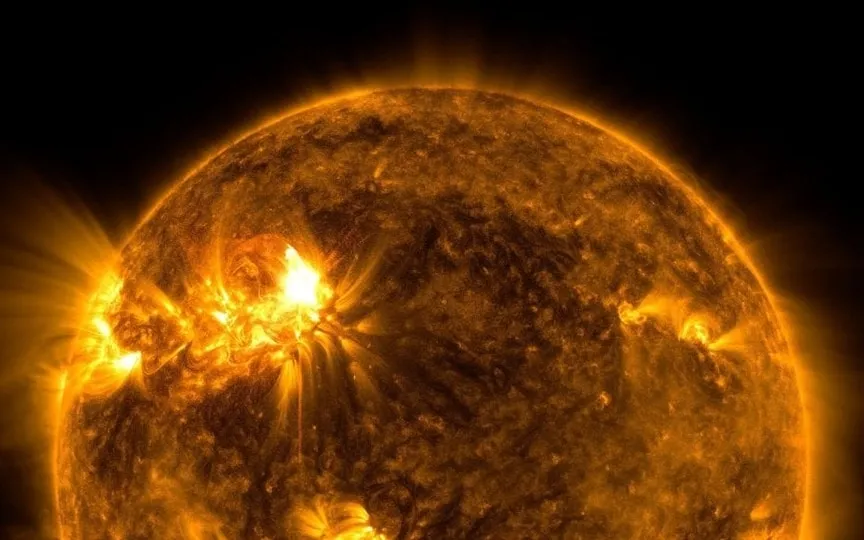Sunspot Eruption Sends Powerful M2.5 Solar Flares into Space
Scientists and space weather forecasters have been caught off guard by the unexpected increase in sunspots during the ongoing solar cycle 25. Throughout its 11-year duration, the Sun releases various potentially harmful particles such as CMEs, solar flares, and solar storms, which possess enough energy to cause damage on Earth. While scientists possess the capability to forecast most of these occurrences, the current cycle has already surpassed the previously predicted maximum threshold, and there is a possibility of further escalation as it reaches its peak in the next year or two.
NASA’s Solar Dynamics Observatory (SDO) has a complete set of instruments to help it monitor the evaporating nature of the sun. This observatory has now illuminated a sunspot that recently exploded, sending a powerful solar flare its way.
A dangerous sunspot
NASA’s Solar Dynamics Observatory (SDO) has detected a dramatic explosion of Earth-bound Sunspot AR3451 late on October 1, according to a report by spaceweather.com. A sunspot has a “beta-delta” magnetic field that can produce strong M2.5 class solar flares. Amazingly, this sunspot didn’t even exist more than 24 hours ago! According to the report, the sunspot AR3451 grew rapidly in size as it had more than 12 dark cores, two of which are even wider than Earth.
The report stated: “Magnetic maps of the sunspot are not entirely definitive because it is pointed away from Earth. However, the sunspot appears to have a mixed-pole ‘delta-class’ magnetic configuration that contains the energy for—you guessed it—powerful flares.”
As a result, M2.5 solar flares have been observed ejected. For the uninitiated, solar flares are rated according to their intensity on a logarithmic scale, similar to how earthquakes are measured. The smallest are the A class, which occur near background levels, followed by B, C, M, and X.
The intensity of the flare thrown towards Earth is M2.5, which means it is 2.5 times more powerful than M1 solar flares.
About the NASA Solar Dynamics Observatory
The NASA Solar Dynamics Observatory (SDO) uses three very important instruments to gather information about various solar activities. They include the Helioseismic and Magnetic Imager (HMI), which measures high-resolution longitudinal and vector magnetic fields across the entire visible solar disk, the Extreme Ultraviolet Variability Experiment (EVE), which measures the Sun’s extreme ultraviolet radiation, and the Atmospheric Imaging Assembly. AIA), which provides continuous full-disk observations of the solar chromosphere and corona in seven extreme ultraviolet (EUV) channels.




